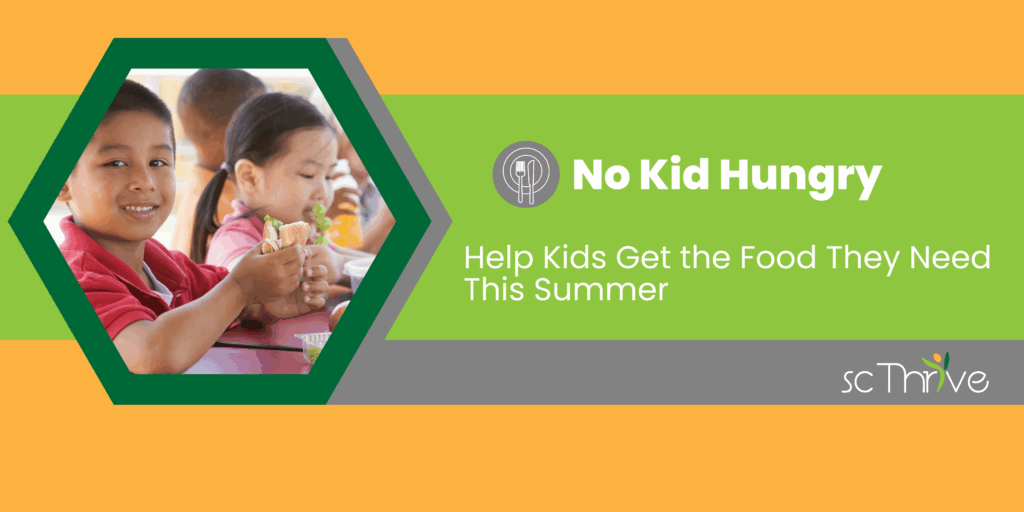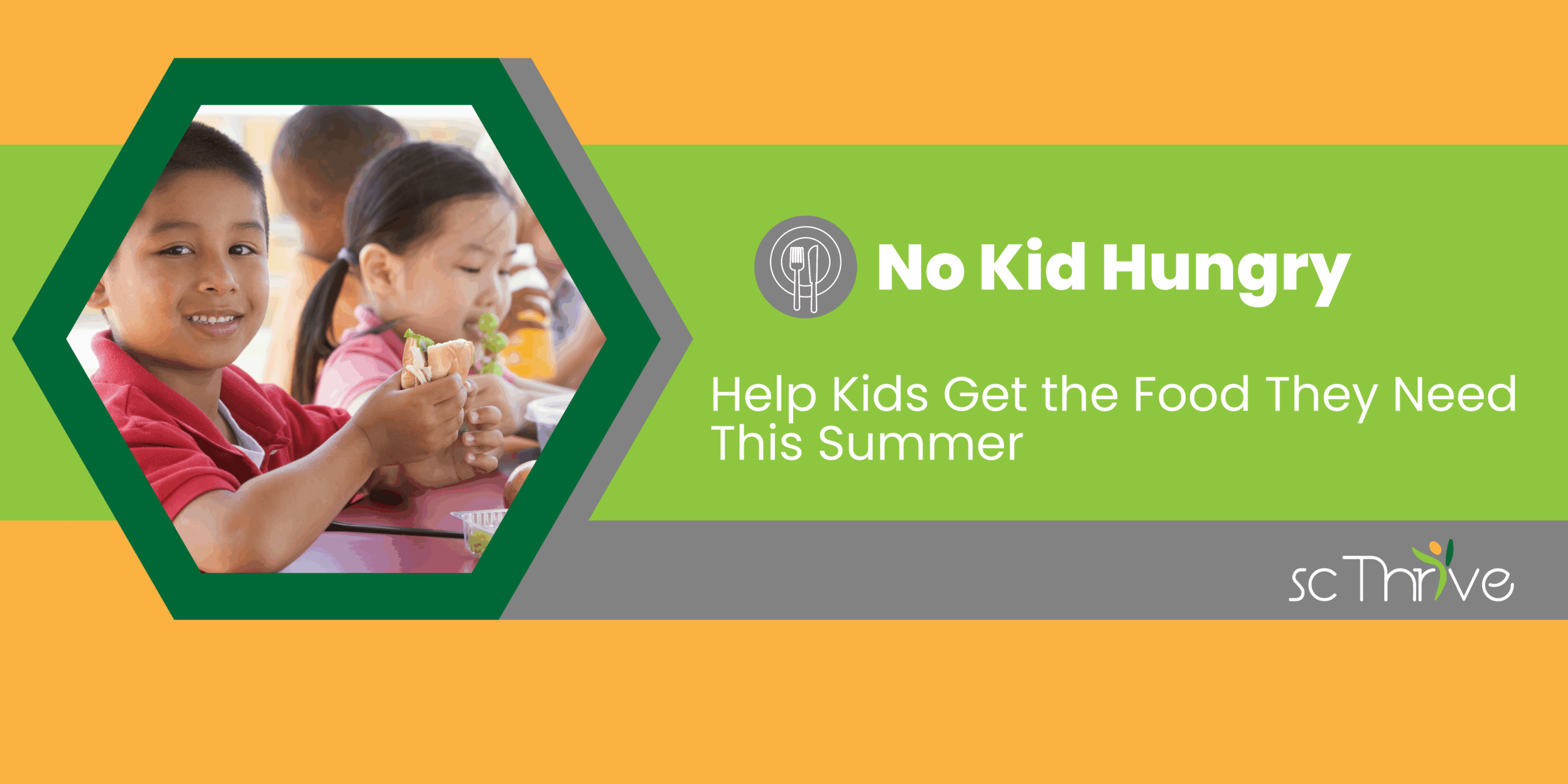
Hunger affects all people. Millions of Americans are one job loss, missed paycheck, or expensive emergency away from hunger. But hunger doesn’t affect everyone equally – some groups like children, seniors, and minorities face hunger at much higher rates. No one can thrive on an empty stomach. Studies have shown that hungry kids are at risk of delayed development, chronic illnesses, and behavioral problems. “Thirty-eight million people face hunger in the US, including more than 12 million children. Hunger knows no boundaries; it touches every community in the US, including your own.”
When you consider those facing food insecurity, who do you think about? Do you think of the little lady down the street who waves every time you pass by? Or what about the working mom who takes turns carpooling with your children to practice. Unless they tell you, you never know who is struggling to pay for their next meal. The right to meals and nourishment is vital for all human beings. Food is essential for survival, and access to healthy and nutritious food shouldn’t be a privilege. According to Healthy Palmetto, a statewide coalition focused on healthy eating and active living, South Carolina is one of 16 states with an adult obesity rate above 35%. In addition, 42% of students in South Carolina are overweight or obese.
Every kid needs three meals a day to grow healthy, happy, and strong. It’s important to ensure that children can eat when they do not have access to school meals over the weekend. Programs that offer meals or grab-and-go foods that can be taken home in a child’s backpack at the end of a school week or participating in food distribution events at local community centers and food banks can help.
Actions to Improve Healthy Food Access
As the access to healthy food is increasingly recognized, innovative food programs are gaining popularity. Community gardens, suburban farms, food hubs, and collaborations between backyard vegetable gardens and local food banks all offer ideas for solutions for inadequate access to fresh fruits and vegetables. Here are a few steps that can improve access to healthy food.
Increase healthier food offerings in foodservice venues by:
- Helping food pantries provide more nutritious food
- Encourage vendors to procure healthier foods
- Partnering with local farmers encourages vendors to procure more fresh fruits and vegetables
- Including foodservice and nutrition guidelines in organizational policies and food contracts
Connect people to healthier food by:
- Supporting farm-to-institution programs
- Addressing transportation gaps in communities
- Encouraging healthy food choices using behavioral design practices
Bring partners together
- Link-local food hubs to organizations that sell or serve food in low-income communities
- Share best practices on how partners overcame barriers to healthy food access
- Join and invite others to local food policy councils and collaborations focused on healthy eating and active living
Important Attributes of Food Security
A household is food-secure when its occupants do not live in hunger or have year-round access to the amount and variety of safe foods their members need to lead active and healthy lives. Many people facing hunger are obligated to make tough choices between buying food versus paying medical bills, eating healthy, paying their rent, or costly transportation. Food pantries can be a significant resource to improve access to sufficient food. Below are things to consider when thinking of food security.
- Availability – the variety or selection of food items offered
- Accessibility – physical location & number of hours of operation
- Affordability – value & cost, even if not strictly monetary
- Acceptability – degree to which items meet individual standards
- Accommodation – hours relative to personal schedule, consideration of cultural preferences
Partnering for Food Access
During the school year, many parents rely on school programs that offer lunch and, in many cases, breakfast and supper, but when schools close for the summer, many of those meals disappear. However, schools and community groups across the country offer summer meal programs for hungry kids. The meals are free for all children and teens ages 18 and under with no application or registration. Families do not need any proof of income or immigration status.
Providing food is a powerful way to help children feel safe and cared for. Partnerships like SC Thrive and No Kid Hungry help more children have happier, less hungry days throughout the summer. SC Thrive is partnering with No Kid Hungry to help parents locate free summer meals in communities nearest them by texting the words “Food” or “Comida” to 304-304. When texted, parents immediately receive a message instructing them to enter their address; once entered, free summer meal locations will be sent conveniently to their phone or device.
For more information, visit scthrive.org/summer-meals.
